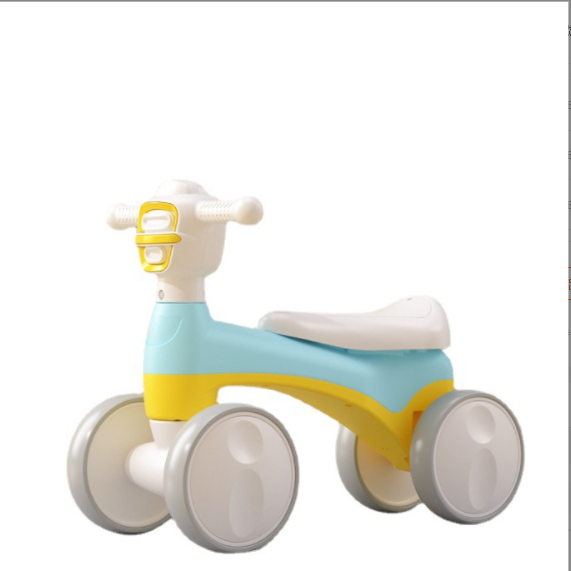baby walker age 5 months
Baby Walker for 5-Month-Olds Is It Safe and Beneficial?
When it comes to baby gear, one item frequently discussed is the baby walker. Designed to help babies move around before they can walk independently, these devices have become a staple in many homes. However, the appropriate age for introducing a baby walker is a topic of debate among parents and pediatricians alike. In this article, we will explore the safety concerns, developmental aspects, and alternatives to using a baby walker, especially for babies as young as five months.
Understanding the Baby Walker
A baby walker is a wheeled device in which a seated infant can propel themselves around by pushing off the ground with their legs. These walkers are typically designed for babies who can sit upright unassisted, which usually happens around six to eight months. At just five months, most babies are still developing their motor skills and do not have the strength or stability to use a walker safely.
Safety Concerns
One of the primary criticisms of baby walkers is the associated safety risks
. According to the American Academy of Pediatrics (AAP), walkers can pose dangers, including1. Increased Risk of Injury Babies in walkers can move quickly and reach hazardous areas, such as stairs or hot surfaces. Many accidents related to walkers involve falls or collisions with furniture. 2. Developmental Issues Some studies suggest that using walkers may delay the development of important skills. Babies in walkers may not spend enough time on their tummies, which can impede the development of muscles necessary for crawling and walking.
3. Stable Sitting Requirement A five-month-old baby may not have the muscle strength or balance required to stabilize themselves in a walker, leading to potential tipping over and falls.
Developmental Milestones
baby walker age 5 months

At five months, babies are typically just beginning to explore their world. They may be rolling over and showing interest in reaching for toys placed just out of their grasp. Encouraging this natural curiosity is crucial to their development. Instead of using a walker, which can restrict movement and promote unnatural methods of walking, parents might consider alternative ways to encourage movement
- Tummy Time Engage your baby in plenty of tummy time to strengthen their neck, back, and arm muscles. This practice encourages rolling, crawling, and eventually walking.
- Sitters and Activity Centers Instead of a walker, consider using a stationary activity center. These allow babies to stand and play while also promoting balance and coordination without the risks involved with a walker.
- Floor Play Creating a safe space for your baby to move around freely is one of the best ways to promote their gross motor skills. Soft mats and baby-proofing the environment can provide a safe area for exploration.
Professional Recommendations
Most pediatricians recommend against using baby walkers, particularly for infants under the age of 12 months. At this age, safety should be the foremost concern, and developmental play should be prioritized. While the idea of a walker might seem appealing as a way to promote mobility, it’s essential to consider the potential risks and long-term effects on a child's physical development.
Conclusion
While baby walkers can seem like a convenient tool for helping babies learn to walk, introducing a walker at five months is not advisable. The safety risks and potential developmental delays far outweigh any perceived benefits. Instead, parents should focus on alternative activities that promote natural movement and strength-building. Always prioritize your baby’s safety and developmental health, and opt for safer and more beneficial means to support their growth during these critical early months. By fostering a love for movement and exploration without the restrictions of a walker, parents can lay a solid foundation for their child's future physical development.
-
Kids battery power car baby four-wheel off-road vehicle children electric toy carNewsMar.07,2025
-
New Hot Design Factory Wholesale Light Weight Small Folding Size Baby StrollerNewsMar.07,2025
-
2022 newest factory boys and girls powerful battery operated 4-wheel ride on electric carNewsMar.07,2025
-
2022 newest factory boys and girls powerful battery operated 4-wheel ride on electric carNewsMar.07,2025
-
Kids battery power car baby four-wheel off-road vehicle children electric toy carNewsMar.07,2025
-
toddler electric atvs manufacturerNewsMar.07,2025
